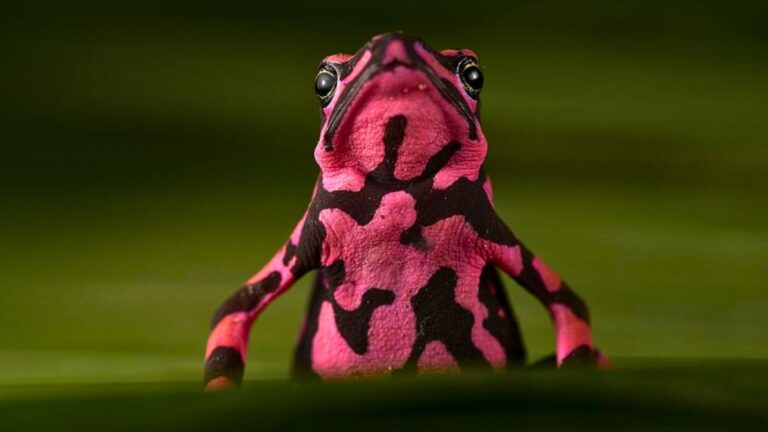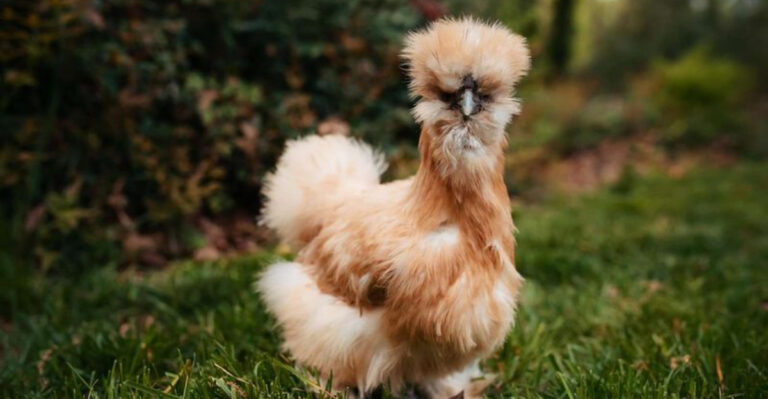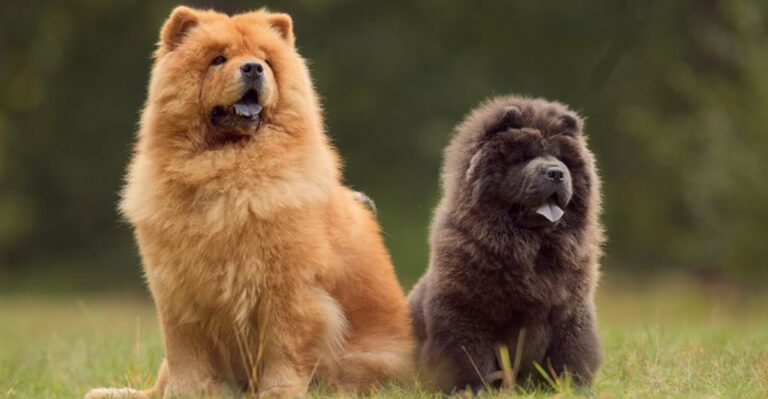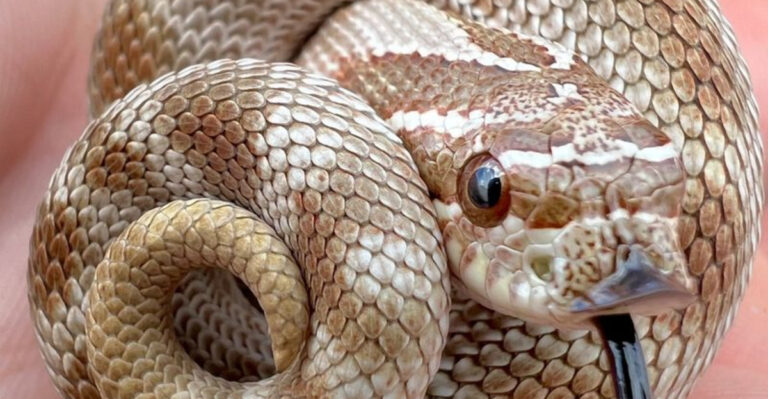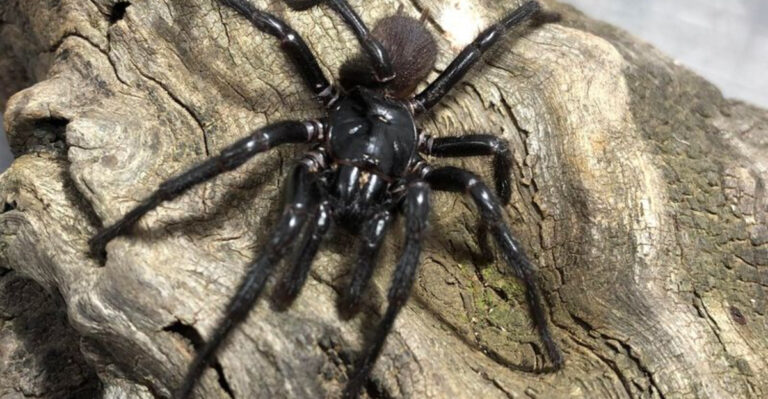April 25 Is When Penguins Thrive! 12 Penguin Myths You Probably Still Believe
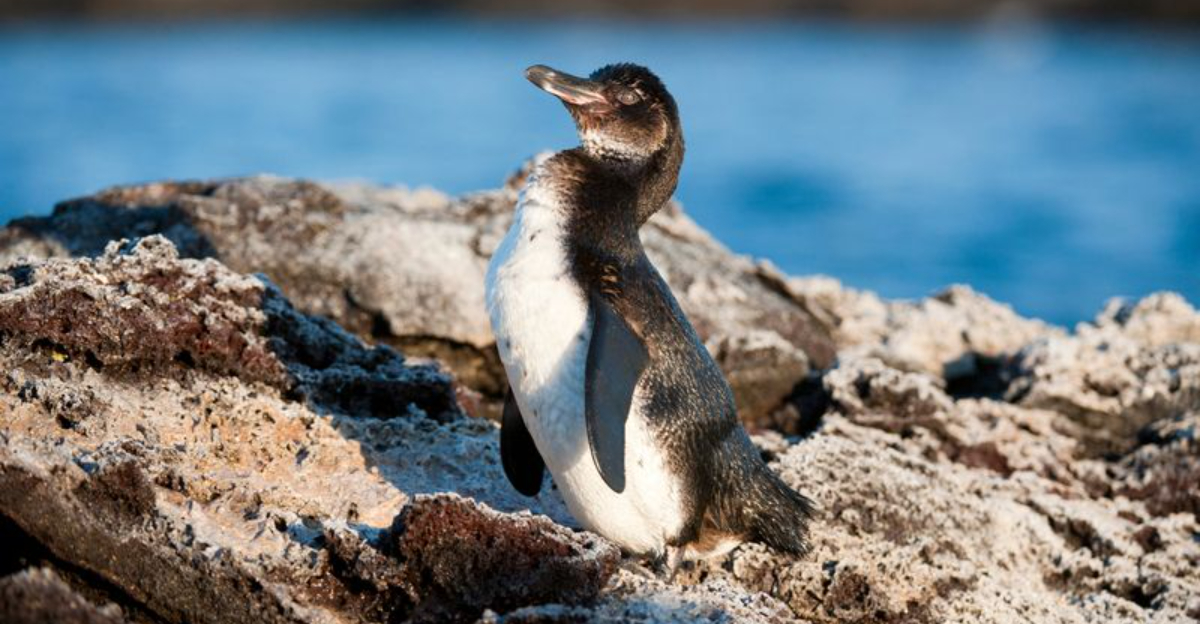
Penguins are fascinating creatures that captivate our imaginations with their quirky antics and unique appearances. However, many myths surround these flightless birds, some of which might surprise you.
Whether it’s their preferred climate zones or their swimming prowess, penguins often defy our expectations.
1. Penguins Only Live In Cold Climates
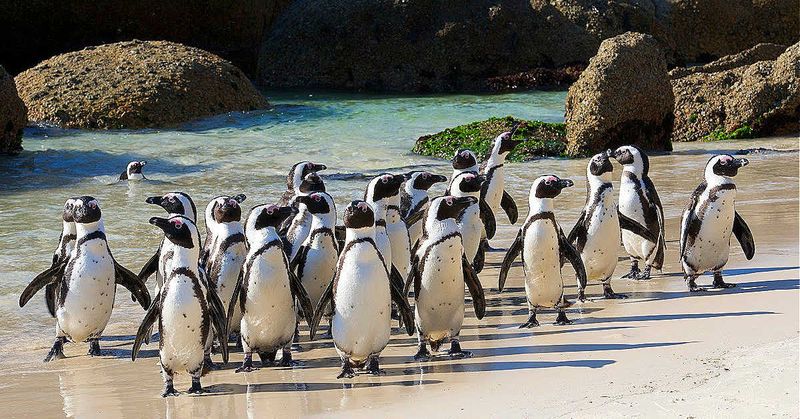
Penguins are often associated with icy regions, but did you know some penguin species live in temperate climates? The African penguin, for example, is found on the sunny beaches of South Africa.
These adaptable birds have evolved to handle both cold and warm environments, using their feathers to regulate body temperature.
2. Penguins Can’t Drink Saltwater
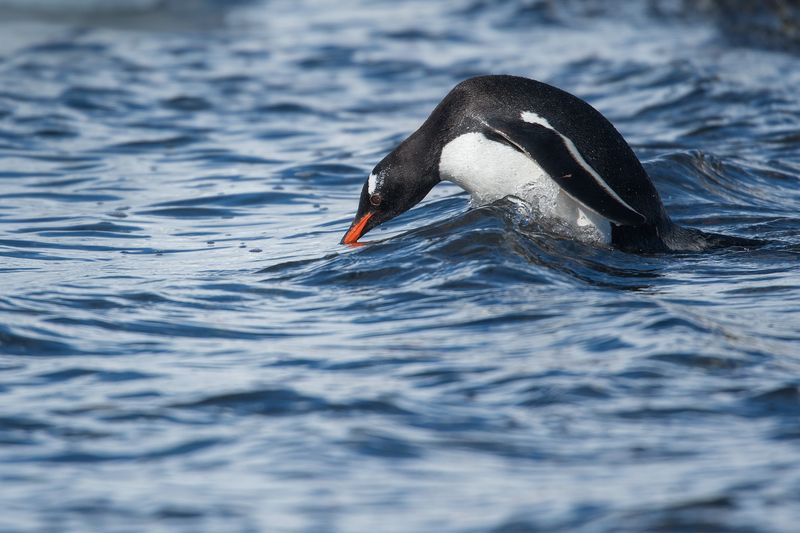
Penguins can actually drink saltwater, thanks to a special gland near their eyes that filters out excess salt.
They excrete the salt through their nostrils, allowing them to stay hydrated in their oceanic habitats.
3. All Penguins Are Black And White
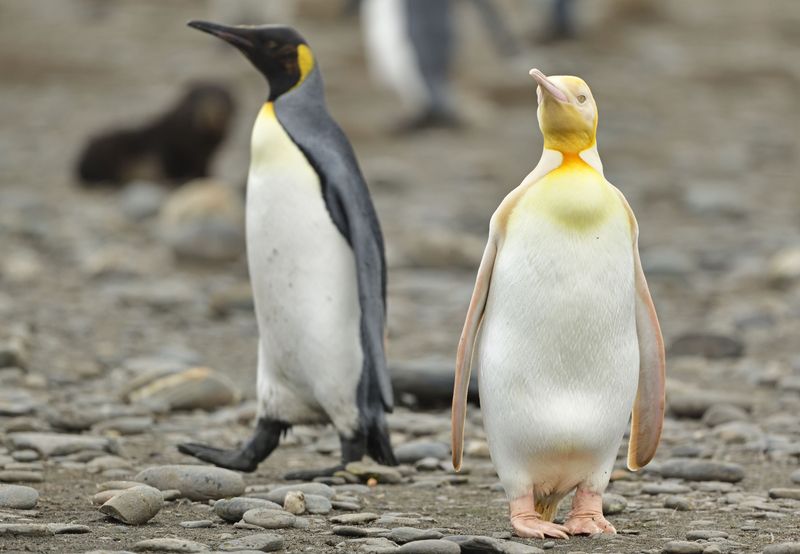
Think penguins are just black and white? Meet the king penguin, sporting vibrant splashes of orange and yellow. These striking colors are more than just for show—they play a role in attracting mates.
Interestingly, juvenile king penguins sport a different color pattern altogether, resembling giant clumps of brown fluff. Nature’s wardrobe for penguins is far more colorful than you might expect!
4. Penguins Mate For Life
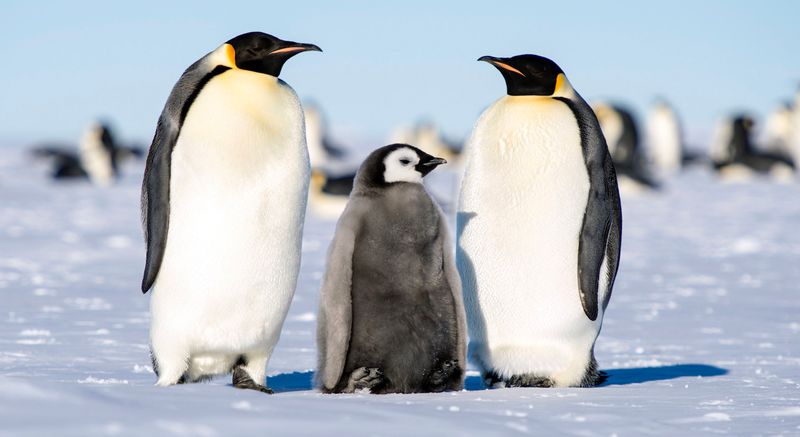
Penguins are often seen as symbols of romantic commitment, but not all species mate for life. While some, like the emperor penguin, form long-term bonds, others choose new partners each season.
Environmental factors can influence these relationships, with some penguins prioritizing survival over fidelity. Their mating behaviors reflect the diversity and adaptability of these charming birds.
5. Penguins Can’t Walk Properly
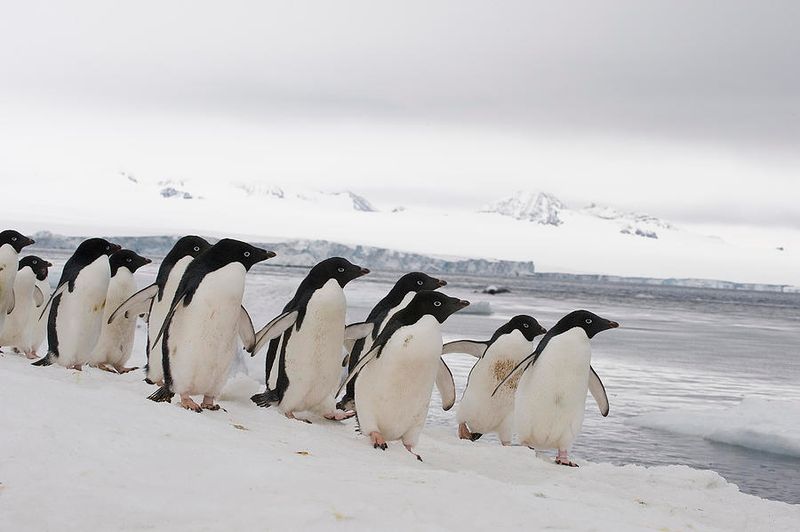
Don’t be fooled by their waddle—penguins are skilled walkers. Their unique gait helps them conserve energy and navigate treacherous icy landscapes.
It’s a clever adaptation, allowing them to travel long distances in search of food or nesting sites.
Their “awkward” walk is actually a brilliant evolutionary tactic, making them perfectly suited to their environment.
6. Penguins Are Always In Groups
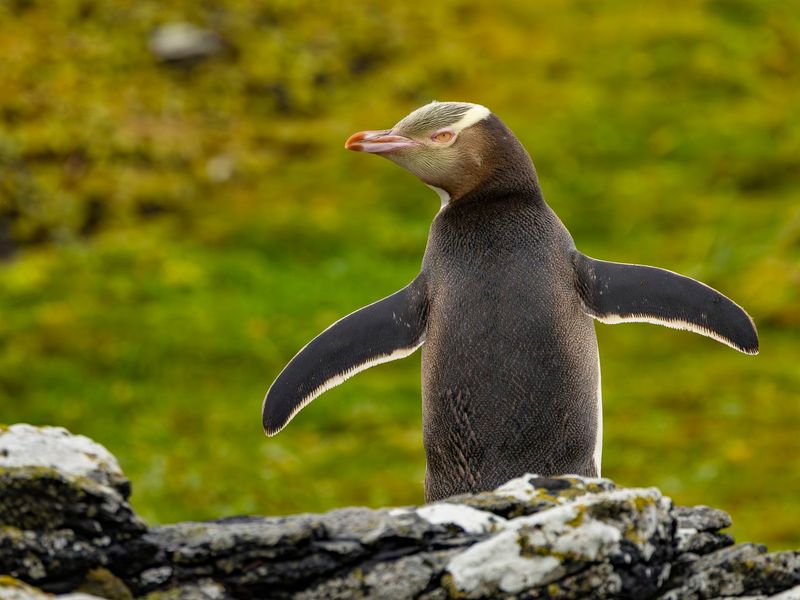
While many penguins are social, some species enjoy solitude. The yellow-eyed penguin, for instance, prefers the peace of a quiet beach.
These solitary moments allow them to focus on hunting and caring for their young without competition. It’s a reminder that, like us, penguins have varying social needs and preferences.
7. Penguins Don’t Have Natural Predators
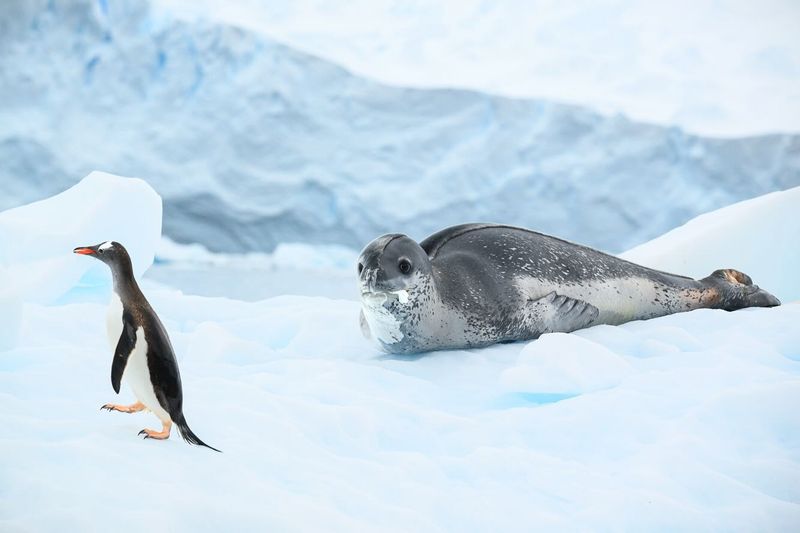
Penguins may be agile, but they’re not without threats. In water, leopard seals and orcas are formidable predators.
On land, birds of prey target eggs and chicks, while humans pose a threat through habitat destruction.
These challenges highlight the resilience and adaptability of penguins as they navigate a dangerous world.
8. Penguins Only Eat Fish
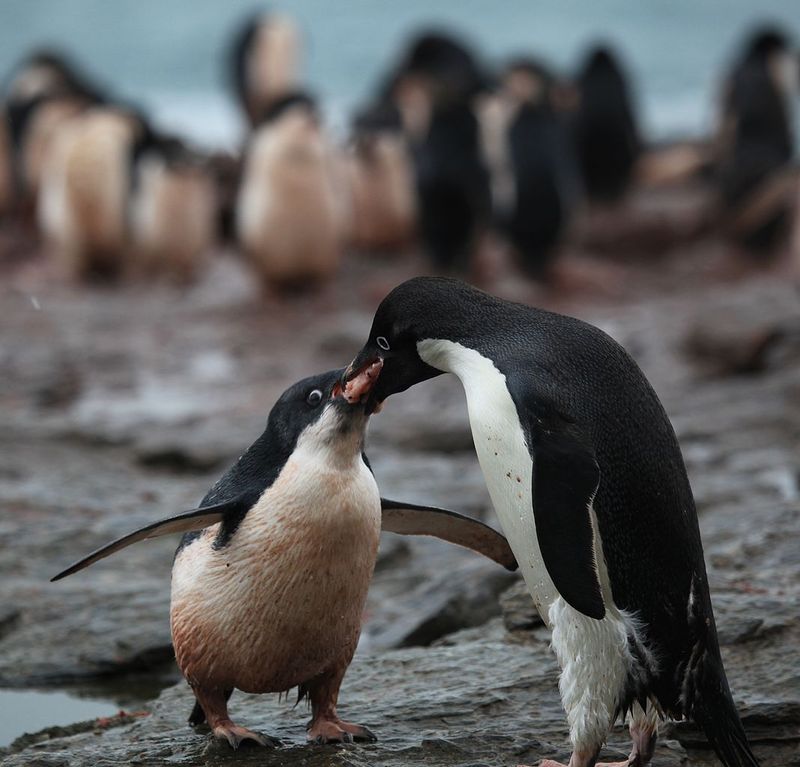
Fish might be a diet staple, but penguins are not fussy eaters. They also enjoy krill, squid, and other sea delicacies.
Different species have unique dietary preferences, showcasing their ability to adapt to available resources.
This varied diet ensures they thrive in diverse marine environments, underlining their survival skills.
9. Penguins Are Always Cold
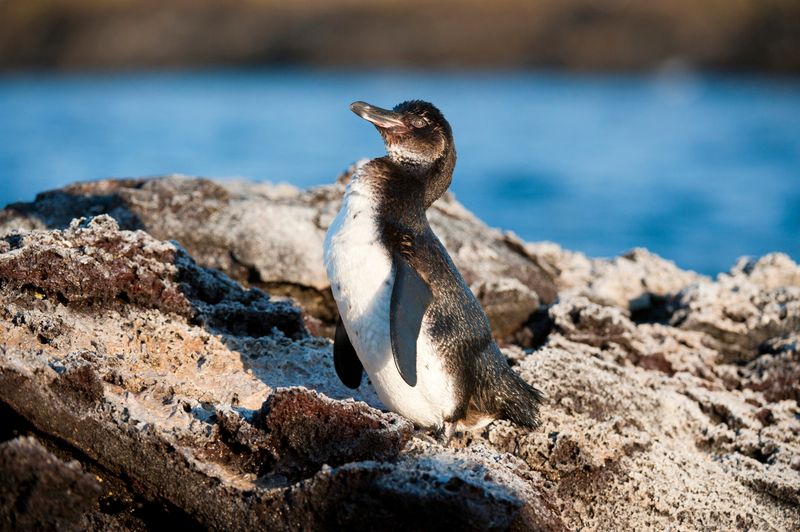
Think penguins only shiver in icy realms? Meet the Galápagos penguin, thriving in tropical climes. These resourceful birds have adapted to heat by hunting in cold waters and resting in shaded areas.
Their unique lifestyle proves that penguins are masters of adaptation, capable of surviving in unexpected places.
10. Penguins Are Poor Swimmers
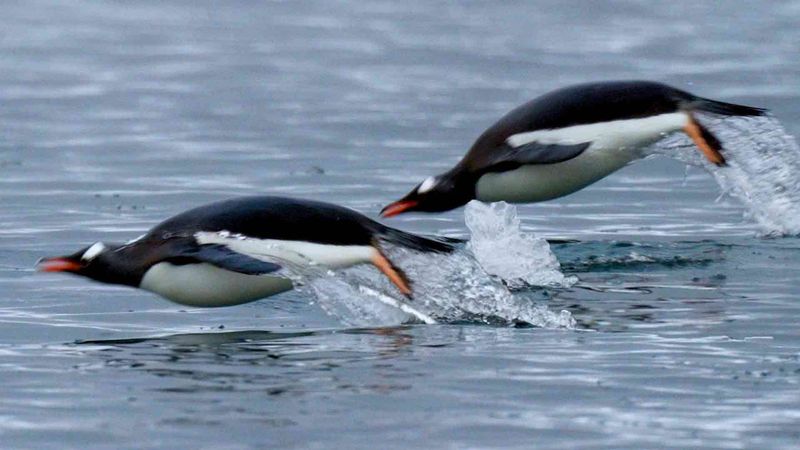
Penguins are anything but clumsy in water. Their streamlined bodies and strong flippers make them exceptional swimmers.
They glide effortlessly, hunting with precision and speed. Their aquatic prowess is a marvel, proving once again that penguins are perfectly designed for life in the ocean.
11. Penguins Build Nests Out Of Snow
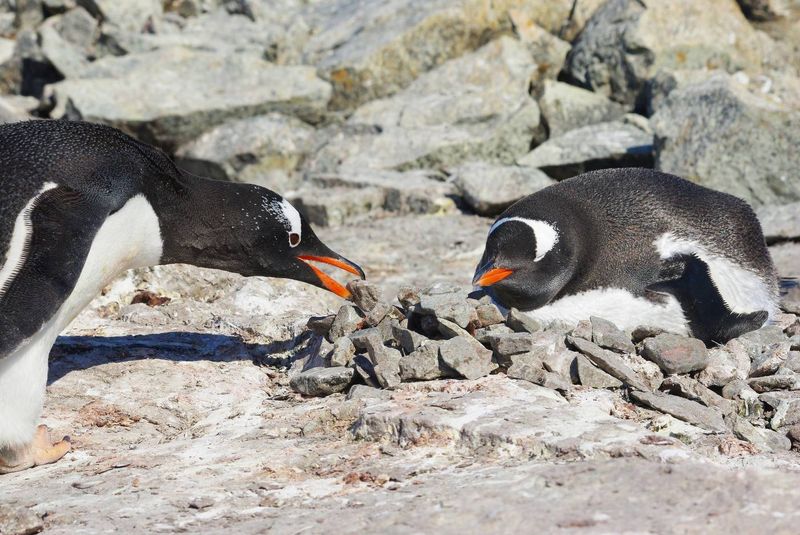
Not all penguins rely on snow for nesting. Many species, like the gentoo penguin, build their homes from pebbles and rocks.
This creative approach ensures protection from the elements and predators. Their ingenuity in constructing nests showcases their resourcefulness and adaptability in varying habitats.
12. Penguins Are Clumsy
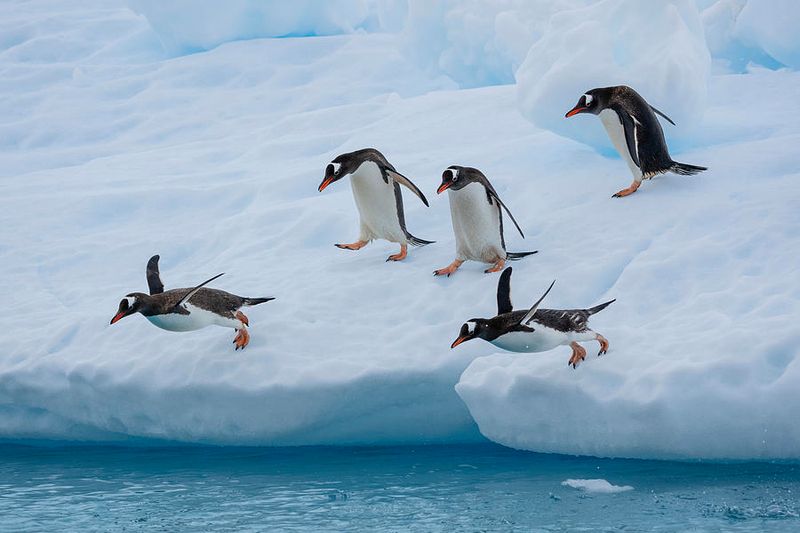
Penguins might look awkward on land, but underwater they’re acrobats. Their sleek bodies and powerful flippers enable them to leap and twist with ease.
This agility is crucial for hunting and avoiding threats in their watery world. Their transformation from waddling land birds to graceful swimmers is nothing short of extraordinary.

